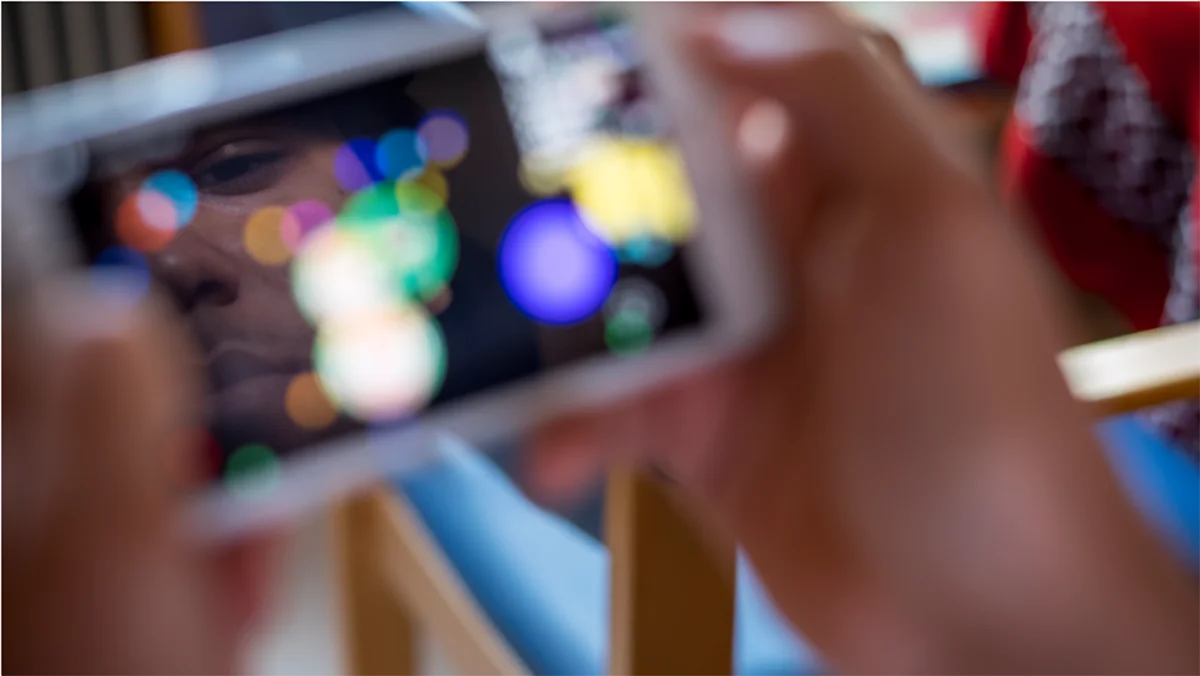A new guide to the participatory design of digital applications provides practical tips and recommendations on how to involve children in the development of such tools. It was created as part of the “Children’s rights in your pocket” project, an app designed with and for children to help communicate and exercise children’s rights. The project was initiated jointly by UNICEF Switzerland and Liechtenstein, Eastern Switzerland University of Applied Sciences (OST) and the University of Teacher Education Lucerne (PH Luzern), and is supported by a broad network of partner organizations.
Digitalization is advancing continuously around the world. For children and young people in particular, the digital sphere is an integral part of their daily lives and affects all areas of their existence, from education and leisure activities to how they obtain information and communicate. Although they are exposed to digital applications every day and use them on a regular basis, children and young people are not involved in their development. Most digital tools such as apps or social networks are designed by adults, for adults. As a result, the needs and concerns of children and young people are not taken into account, and child protection aspects are not considered.
Participation brings added value
Participatory project design is a costly and time-consuming process. Complex projects in particular require planning, flexibility and openness, and the implementation of a digital application undoubtedly falls into that category. Being able to participate is not only a right for children and young people, however, but also offers added value for the entire project. As experts in their own world, and thus also in the digital sphere in which they are active, young people can provide fresh impetus in participatory processes. This impetus can play a crucial role in advancing a project and achieving its final result. At the same time, they are able to strengthen their personality, experience self-efficacy and highlight perspectives that are often not visible to adults. As a result, children and young people also offer project managers the opportunity to develop and to change their own point of view.
Guide: “Designing digital applications with the participation of children and young people”
The guide offers a practical introduction to designing digital applications with and for children and young people, using the “Children’s rights in your pocket” project as an example. The central idea behind the project was to involve children in the design of a web application that provides information about children’s rights in a targeted and interactive way. In addition to background information on meaningful participation, suitable settings and methods, the guide shares experiences and recommendations on participatory work with children in digital projects.
You can download the full guide here. Further information on UNICEF’s engagement in the digital sphere can be found on our page on digitalization and children’s rights.
Children’s rights in the digital sphere
In 2021, the UN Committee on the Rights of the Child adopted General Comment No. 25 on children’s rights in relation to the digital environment. This is an official supplement to the Convention on the Rights of the Child, and officially recognizes the validity of children’s offline and online rights at the international level.
In addition to the rights of protection and promotion, it also sets out the rights of children to participate in the digital sphere. When developing digital technologies and applications that affect children, States parties to the Convention must involve children, listen to their needs and prioritize their views. States parties must also ensure that providers of digital services collaborate actively with young people and incorporate their views into the product development process.



